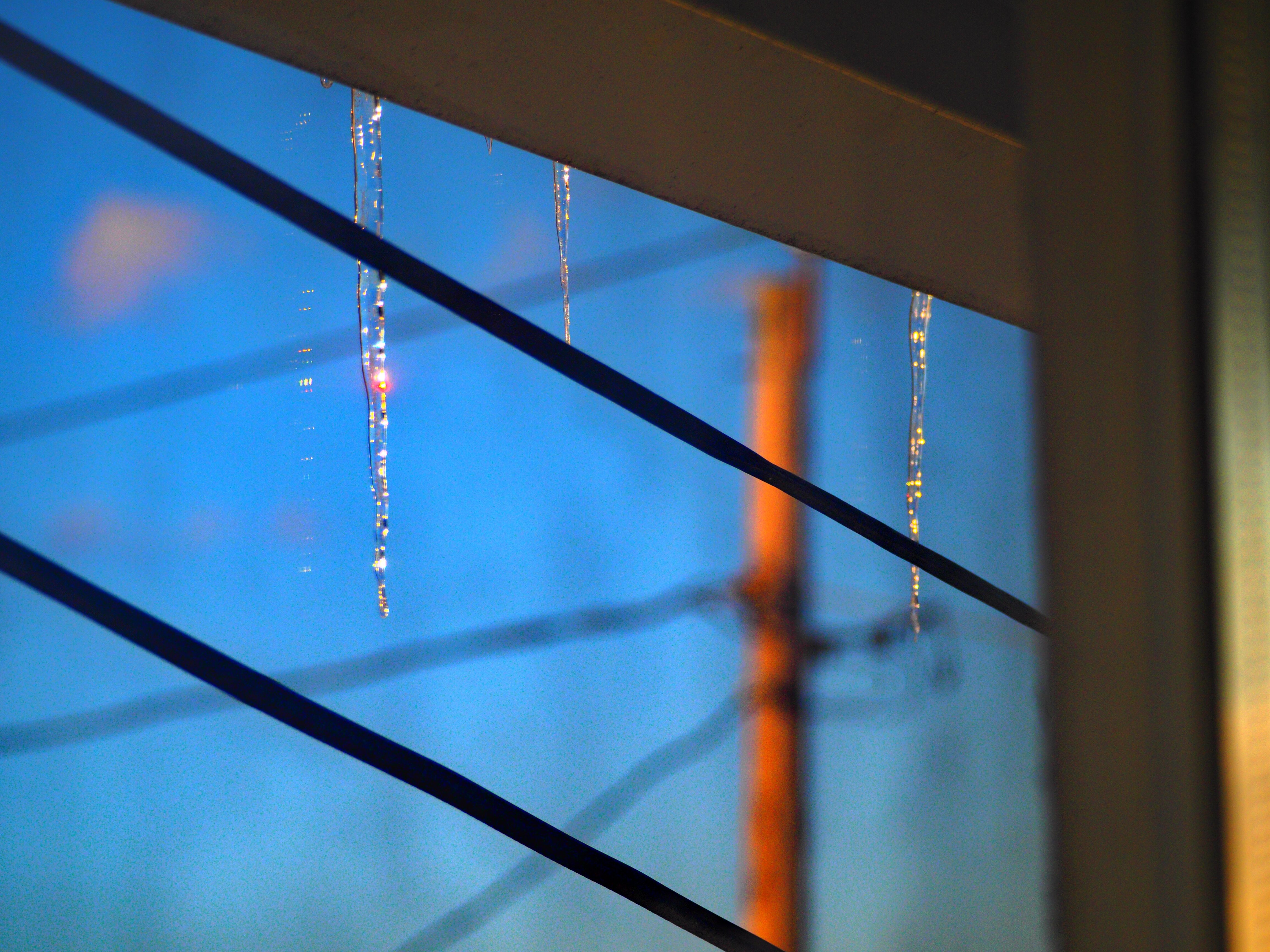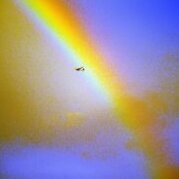-
Posts
44,789 -
Joined
Content Type
Profiles
Blogs
Forums
American Weather
Media Demo
Store
Gallery
Everything posted by LibertyBell
-
and even West Hampton Beach had sustained winds of 111 mph and gusts to 156 mph I think it was, so Cat 3 conditions were verified at sea level, which is a lot more than we can say for a lot of Cat 3s that make landfall in this era.
-
Wild to think we might be *overdue* for another one of these, although we don't know what the return time of a behemoth like this should be, we've not seen anything like it since. As a child, I remember how scary it was hearing news reports about Gloria the night before it was supposed to come in. It was supposedly a Cat 4 abreast of Atlantic City, but of course we know that wasn't true and it was rapidly weakening and its eye was expanding as it approached our latitude. It probably wasn't even a Cat 4 near Cape Hatteras.
-
Yes, I think there was a time when hurricane strength was determined by MSLP not wind speeds. And that storm could have been much worse even back then, they were lucky it came in at low tide. Even the 1944 hurricane was thought to be Cat 3 at landfall until it was reassessed. It was reassessed down to Cat 2 wasn't it?
-
If that happened today, it would be horrific. I wonder if there were any actual pressure readings from that storm? Even if it had Cat 3/4 pressure it still wouldn't necessarily be a Cat 3/4?
-
Thats how Chesapeake Bay was formed and part of that meteor broke off and hit just east of Toms River. Can't be the same event though, I think that was much further back in time?
-
That looks more like a tree pollen map than a leaf out map. Pollen levels are a bit elevated right now and will only get worse from here =\
-
But there was also a longwave pattern that sustained the westerly flow from the strong Pac Jet that resulted from the sustained marine heatwave in the West Pac. I saw something in the long term summer maps like what you mentioned as the areas west of us in the OV are predicted to have below normal rainfall. If we develop a flow from that direction it would be able to bring a dry downsloping flow into our region from the SW that is directed into our region by the Bermuda High after passing over the OV.
-
it does have a question mark at the end
-
Well, he's shoveling SOMETHING, but it sure aint snow.....
-
One of our greatest winters of all time, especially February and March!!
-
They are woefully behind-- 54 mph gusts have already been reported at JFK and 51 mph at LGA.
-
A Tsunami from an earthquake in the Azores-- that would be really wild! When you mentioned 185 mph the hurricane that came to mind was Dorian, it reached 185 mph and wrecked the Bahamas and for awhile it seemed like it was headed right into Central Florida, but it swerved to the north and hit NC instead (as a minimal Cat 1.) By the way, another hurricane I'd love to see more info on was the only major to ever hit NYC directly-- the Norfolk and Long Island Hurricane that also hit Cape May as a Cat 4 and then Manhattan as a Cat 3.
-
11 kids were taken to the hospital wow. No excuse for not having a wind advisory at a minimum and based on the winds I saw it should have been a high wind warning. Two massive trees came down according to the news, the second one fell on the Pelham Bay Pkwy it was 50 feet tall! Better safe than sorry and the weather outside today was definitely NOT safe. JFK 54 mph LGA 51 mph
-
what kind of winds do you need for this? at least 60 I'd assume?
-
It was a question lol. I'm driving up there this weekend so I was wondering.
-
Yes and this more because of the wind rather than dry conditions.
-
Yes, I don't see us having as few as 4-5 TC in a season like we did some years in the 70s and 80s either. The Atlantic basin is simply too warm for us to have that kind of a quiet season. Weak hybrid type sub tropical systems are really interesting, especially when they are out of season-- I think you mean a storm like December 1994 that retrograded and moved westward right over JFK? I'd like to see that again. That was an interesting thing about the 90s, before we saw the big ramp up in TCs starting around 1995 with the emerging +AMO , we had a lot of these hybrid type storms first beginning with the Perfect Storm in October 1991 of course. Maybe we could get a snowstorm out of one of these hybrids? I wonder if that's happened before at our latitude.... More Cat 5s too, but probably confined to Florida and the Gulf. I find it interesting we still haven't seen even a Cat 4 make landfall in the SE since Hugo 1989..... I've always wondered what made the pattern so different between 1938 and 1960 that we had so many landfalling strong hurricanes up here (especially during the 50s.) I wonder if it's possible for a Cat 5 to make landfall in the Carolinas.... has it ever happened? Even going back to the 1800s?
-
Walt, it won't make it down as snow south of I-80 in the Southern Poconos, even at 2,000 feet and above (for example: Lake Harmony)?
-
stay safe out there little bro, make sure you duck if you see a two by four flying by your head..... Maybe wearing a helmet would help too??
-
It's very scary my windows almost blew in. These can't be 45 mph winds or even 50, it has to be at least 60. The strongest gust I experienced was around 9:50 am.
-
Yes, but people think climate change will only cause linear changes in one direction. But we have to be ready for opposite changes going in different directions depending on competing factors. So more extremes. Yes, the average temperature will always keep going up regardless, but there are fine details that will change over the shorter term. For example, if the marine heatwaves in the West Pac are causing the strong westerly flow we've seen for several months then unless something lessens those marine heatwaves, I don't see what would stop that westerly flow. So in that case, it would mean that CC is the reason for it. So by this way, we can see how CC can cause both rainier/snowier periods and drier periods and periods of higher dew points and also periods of lower dew points, depending on which set of competing factors are being enhanced at a particular time. We're seeing this in California too, and it's making the wild fire seasons worse there (and year round), you have periods of time where there are excessive flooding rains and overgrowth and then you have long dry spells with high winds that are causing historic fires. We won't get fires on that scale (hopefully) but I could see the same thing happening here, with (for example) two decades of high rainfall followed by one decade of lower rainfall and drier conditions. It won't be exactly like the 80s and the 90s because CC has progressed since then-- but it's useful to remember also that we did not have a month as dry as last October was before climate change. And I don't remember a first half of November as warm as what we had last year. And at some point and especially with the current rate of change, there will come a time when higher dew points won't matter, it will hit 100 degrees at the coast at least 1-3 times a summer every summer because a new threshold will have been reached and we'll have a climate more like Jacksonville, Florida. I would guess maybe by 2080. https://www.extremeweatherwatch.com/cities/jacksonville/yearly-days-of-100-degrees Which year had the most 100° days? Based on NOAA records, the year 1981 holds the record for the most 100 °F days in Jacksonville history. There were 10 days with a high temperature of at least 100 degrees that year.
-
Thanks, less both west and east from the looks of it. What caused the enhancement right over the city? That never happens in the winter lol... except February 2006, which this map kind of resembles lol.
-
How much for JFK, I had about 0.6 here.
-
I hope we get this in the summer too, it will make it hotter where I live and at the same time in the summer these winds will be MUCH more comfortable.
-
Yes, the models always play catch up with these kinds of changes. A CC -AMO will be different from a pre CC -AMO (if there is such a thing, because we had significant climate change in the 80s too, just not to the magnitude we have now.) By the way and this is important to note, that CC is causing competing factors that either enhance or oppose each other. The strong westerlies are caused by the marine heatwave out in the West Pac isn't it? If that marine heatwave doesn't lessen, what would stop the strong westerly flow? It could be that the strong westerly flow is being enhanced by climate change. I can see why scientists say that CC will lead to more extremes-- not just warmer weather, but both rainier AND drier, both higher dew points AND lower dew points, depending on which factor is being enhanced more at a particular time.





